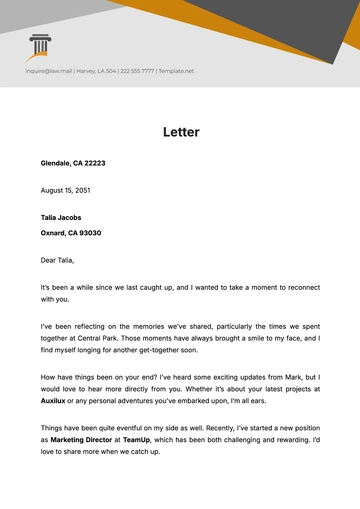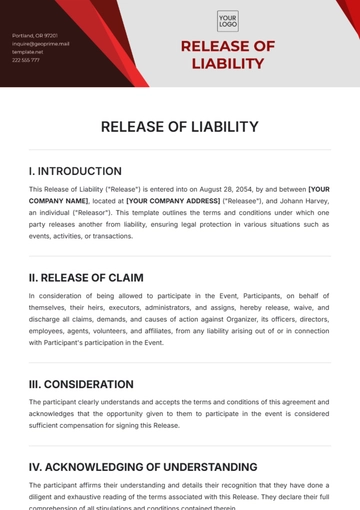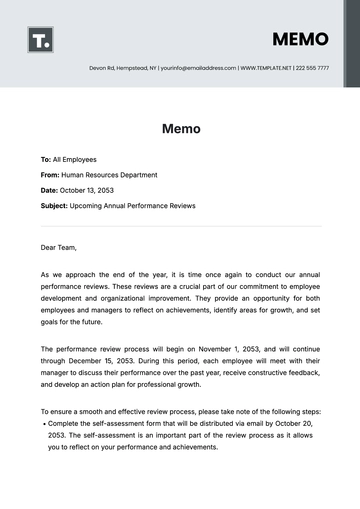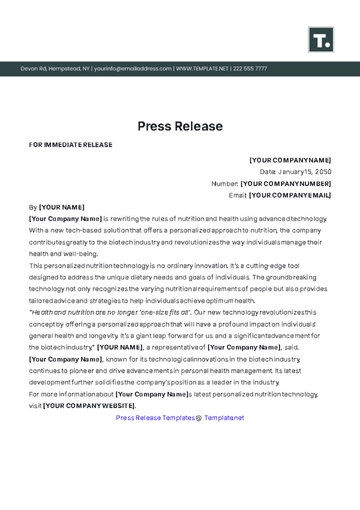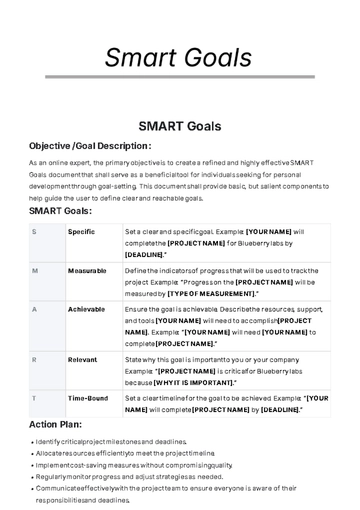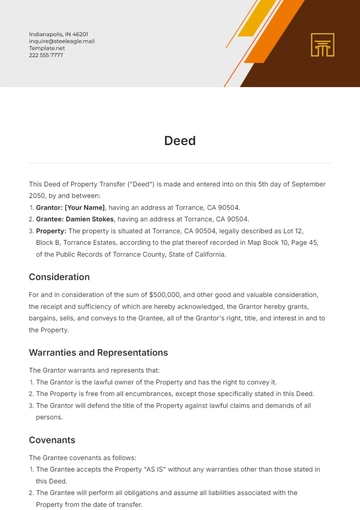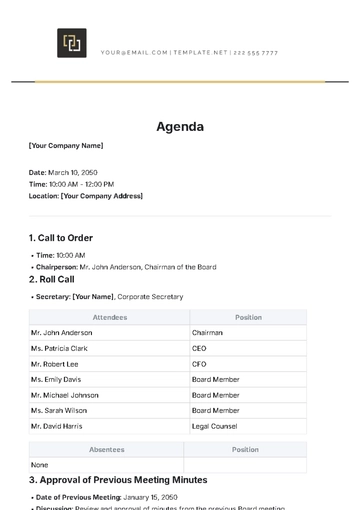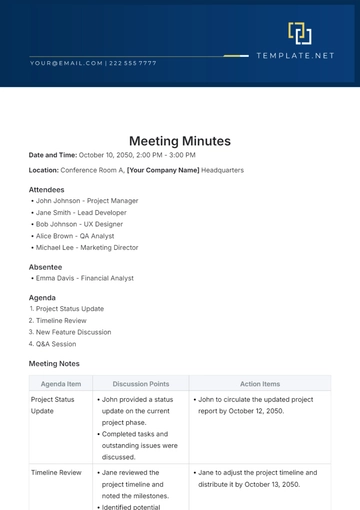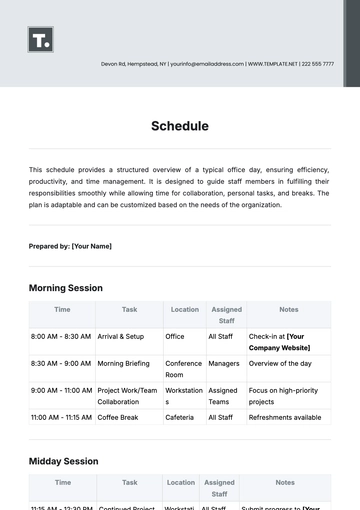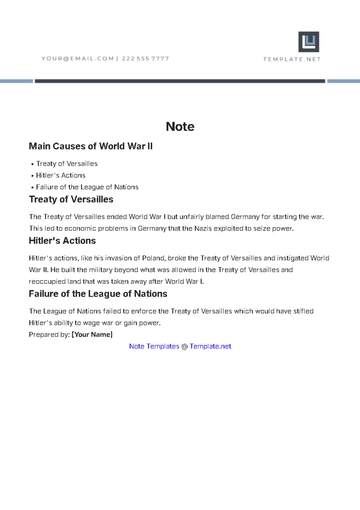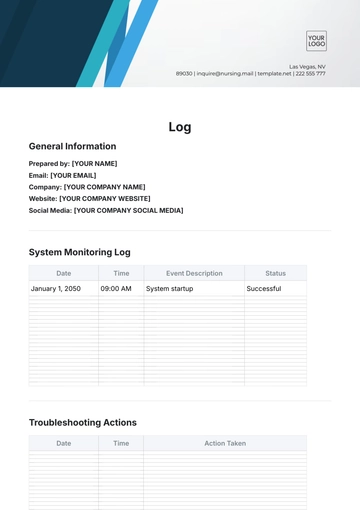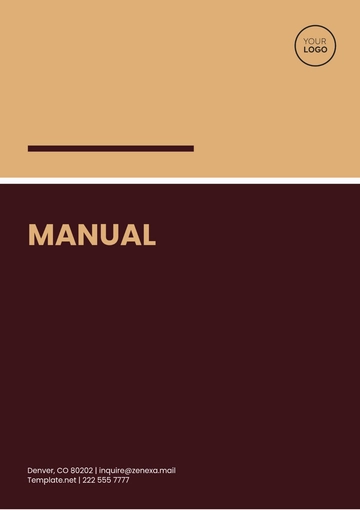Free Socio-Cultural Ethnography
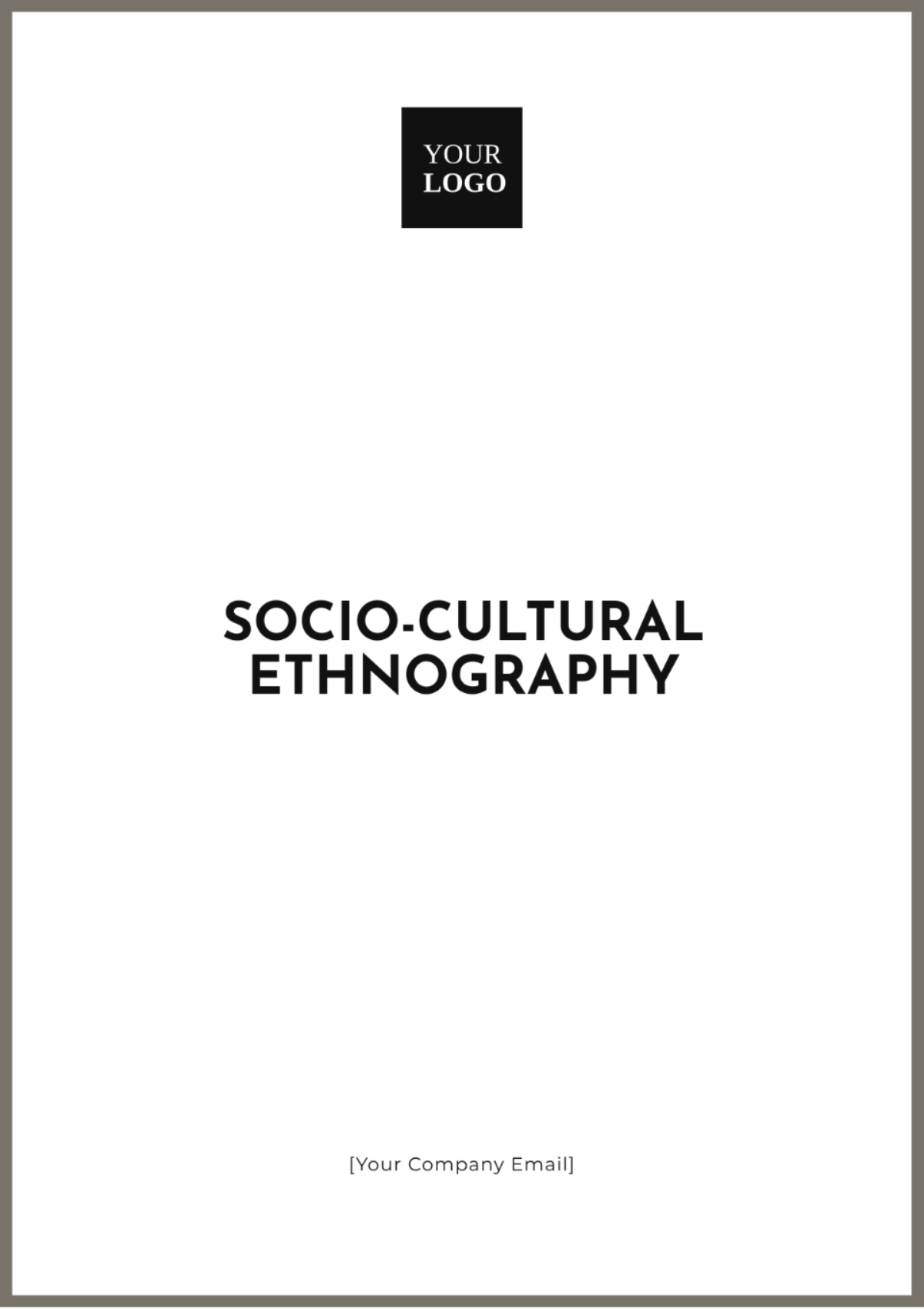
Prepared By: [YOUR NAME]
Date: [DATE]
I. Introduction
This study aims to explore the socio-cultural dynamics within a specific community. The primary research questions are: What are the key social structures in this community? How do cultural practices influence daily life? This ethnography is significant as it enhances our understanding of the intricate relationships and cultural norms that shape community behavior.
II. Literature Review
Existing research highlights the importance of socio-cultural contexts in understanding community behavior. Previous studies have focused on various aspects such as social hierarchy, cultural rituals, and community cohesion. This section will review the literature on these themes and identify gaps that the current study aims to fill.
Social Hierarchy: Research shows that social structures, such as class, caste, and status, significantly shape individual roles and interactions. These hierarchies influence access to resources, power dynamics, and social mobility, affecting personal identity and community cohesion.
Cultural Rituals: Studies highlight that rituals and traditions reinforce cultural values and community identity. From daily practices to major ceremonies, these rituals serve to socialize, transmit culture, and maintain collective memory, strengthening the community’s cultural fabric.
Community Cohesion: Research on community cohesion identifies factors like shared values, communal activities, and social networks as essential for unity. Trust, mutual support, and collective goals foster a sense of belonging and cooperation, crucial for a stable and harmonious community.
III. Methodology
This ethnography employs a mixed-methods approach, including participant observation, in-depth interviews, and focus groups. Participant observation will involve the researcher becoming an active member of the community, while interviews and focus groups will provide deeper insights into individual and group perspectives.
Research Methods
Participant Observation: Directly engaging in community activities to understand daily life and interactions. The researcher actively participates in and observes events to gather detailed insights into behaviors and practices.
In-depth Interviews: Conducting semi-structured interviews with key informants to explore personal perspectives and experiences, providing a deeper understanding of social dynamics.
Focus Groups: Facilitating discussions with diverse groups to capture various viewpoints and collective attitudes, enriching the data with a range of opinions and issues.
IV. Fieldwork and Data Collection
Fieldwork will be conducted over six months in a semi-rural community. Data will be collected through daily field notes, recorded interviews, and focus group transcripts. The setting includes community centers, households, and public spaces.
Data Collection Methods
Method | Description |
|---|---|
Participant Observation |
|
In-depth Interviews |
|
Focus Groups |
|
V. Analysis and Findings
Data analysis will be conducted using thematic coding to identify recurring patterns. Key findings will include social hierarchies, cultural practices, and community dynamics that influence behavior.
Key Social and Cultural Patterns
Influence of Elders: Elders guide community decisions and uphold traditions, shaping social norms and resolving conflicts with their authority and wisdom.
Ceremonial Practices: Ceremonies and rituals are vital for maintaining traditions, reinforcing social bonds, and expressing community values, central to cultural identity and collective memory.
Social Cohesion: Unity within the community is maintained through shared values, mutual support, and collaborative activities, fostering a sense of belonging and stability.
VI. Discussion
The findings reveal that social hierarchies are intricately woven into cultural practices, significantly influencing community dynamics. Ceremonial events are pivotal in reinforcing these social structures and fostering communal bonds. Key insights include:
Embedded Social Hierarchies: Social hierarchies are deeply integrated into cultural practices, affecting roles and interactions within the community.
Role of Ceremonies: Ceremonial events are essential for upholding traditions and maintaining social cohesion, highlighting their importance in community life.
Cultural and Social Interplay: The interplay between social structures and cultural norms provides a nuanced understanding of how these elements shape and sustain community behavior.
VII. Conclusion
This ethnography provides a detailed analysis of the socio-cultural dynamics within the community, offering insights into its social interactions, traditions, and behavior. Future studies could explore how external factors like economic changes, political policies, or technological advancements impact these dynamics, and also compare them with those of other communities. Understanding these patterns is vital for creating culturally sensitive policies and interventions that enhance community well-being and respect cultural nuances.
VIII. References
Smith, J. A. (2051). Understanding Social Structures. Academic Press.
Johnson, L. M. (2052). The role of rituals in community cohesion. Journal of Cultural Studies, 12(3), 45-60.
Brown, R. T. (2053). Community dynamics and cultural norms. In P. Q. White (Ed.), Advances in Ethnographic Research (pp. 101-115). Routledge.
- 100% Customizable, free editor
- Access 1 Million+ Templates, photo’s & graphics
- Download or share as a template
- Click and replace photos, graphics, text, backgrounds
- Resize, crop, AI write & more
- Access advanced editor
Explore the intersections of society and culture with the Socio-Cultural Ethnography Template from Template.net. This editable and customizable template is designed for in-depth analysis of social dynamics and cultural practices. Fully editable in our Ai Editor Tool, this template helps you tailor your research framework to capture the complexities of socio-cultural interactions effectively.
You may also like
Free
Free CV Template

- Resume
- Cover Letter
- Report
- Budget
- Lesson Plan
- Itinerary
- Resignation Letter
- Letter
- Job Description
- To Do List
- CV
- Proposal
- Business Plan
- Checklist
- List
- Smart Goal
- Executive Summary
- Agenda
- Analysis
- Press Release
- Memo
- Note
- Action Plans
- Script
- Essay
- Brief
- Syllabus
- Tracker
- Contract
- Agreement
- Bill of Sale
- Case Study
- White Paper
- Statement
- Will
- Deed
- Notice
- Scope of Work

